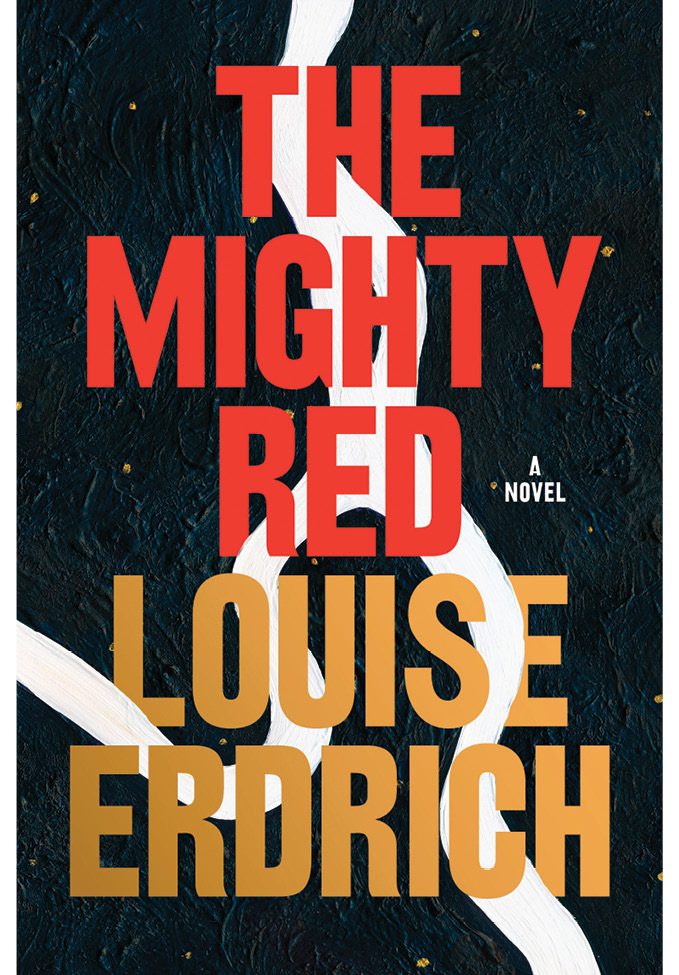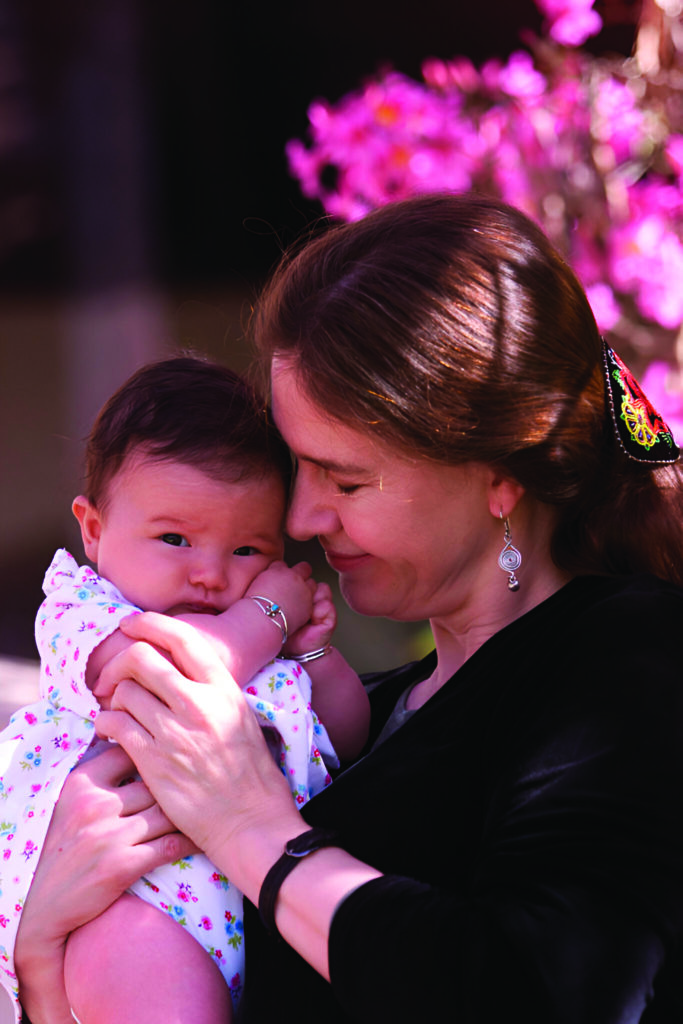
I grew up in a house four blocks away from the Red River in Fargo, North Dakota. Follow the current of the river north, and you’ll find the smaller burg of Grand Forks, where my parents were raised; keep going toward the Canadian border and you’ll reach the rural farms and Icelandic immigrant communities of my grandparents. My young life was planted there, but my adulthood has been lived in the huge cities of New York and Los Angeles. And even though I’ve raised three kids in LA and I’m nearly fifty, I’ve never really felt at home. Los Angeles still feels temporary or experimental.
When I tell city people where I’m from, I usually get a bizarre, clownish response: a big toothy smile, eyebrows at the ceiling, loud voice blaring ohmygodivenevermetsomeonefromthere in a word blast. Like I’m from a cult, or Amish, churning butter in my calico bonnet. The middle of the country is a Mars-like unknown to most people, and unlike Mars, they don’t seem to want to know either. It’s a Trumpian, red-state, yokel thing. There’s an undercurrent of derision, along with the hyperfocus on the weather and hard O accent. It makes me feel like a cow standing in the middle of a person party.
Because I am a bit homesick all the time, I tend to gobble up any stories about the Midwest, but honest depictions feel few and far between. I thrilled to read Jonathan Franzen’s latest (The Crossroads, 2021), which mentions Lawrence University, my tiny liberal arts college in Wisconsin (no, not Sarah Lawrence), and Nathan Hill’s excellent novel Wellness, which delves into the ecology of the Kansas prairie. Somebody Somewhere on HBO is a realistic portrayal of small-town Kansas life that doesn’t put a goofy spin on the locals like so many other shows do. Case in point, I watched about five minutes of the new season of Fargo before having to turn it off, frustrated with the actors’ corny attempts at my hometown accent and overdone winter gear.
But for those who know, there is Louise Erdrich, a North Dakota native who can always be counted on to get it right. Erdrich’s new novel, The Mighty Red, is a quintessential Erdrich novel in that it touches on themes of heritage, community, women’s lives, and the singular culture of the Great Plains. Her characters are richly drawn and woven together in a web of interconnecting stories, and her language manages to be both poetic and plainspoken. On its surface, The Mighty Red is a story about two teenage boys in love with the same girl, but in its beating heart, it’s a love story between mother and daughter, Crystal and Kismet, described as “pliable but sturdy women . . . hard workers, descended of Ojibwe field hands, potato pickers, dedicated bootleggers.”
Crystal hauls sugar beets on the night shift for a huge agribusiness outfit run by the Geist family in the Red River Valley, south of Fargo. Times are tough financially for everyone, since this takes place during the 2008 economic crisis, and Crystal is married to an unserious man, Martin, a failed actor and maybe narcissist, but together they have Kismet, who is competent and smart. Kismet is being pursued by Gary Geist, the rich farmer’s son and football bro who is convinced she will purge his many inner demons. On the other side is nerdy, literary Hugo, who is determined to spirit her away after he earns enough money on the dangerous oil patch in Williston. Kismet’s college plans and future are put on hold when a money meltdown forces her to marry Gary, but this story isn’t a usual tale of an imprisoned bride—and Kismet is no Emma Bovary, destined for tragedy. Throughout the story, the mother and daughter drag themselves out of the traps set for them by the shortsighted, self-involved men in their lives, and survive thanks to their emotional intelligence, flintiness, and hard work.
I recognize these women from the pages of my own life, but beyond these characters, the main allure of this book for me was the familiarity of the setting, sniffing the terroir of this fertile farmland. I grew up smelling the noxious sulfurous belches of the sugar-beet processing plants. Do city people know that sugar beets, mainly grown in the Red River Valley of North Dakota and Minnesota, are responsible for 55 percent of US sugar production? “Nobody could have foreseen that sugar would surpass sunflowers, corn, potatoes, soy, flax, and everything else that grew in the Red River Valley. The soil would be chemically altered to grow the beet, and industrial factories would spring up to make the beet into sugar,” writes Erdrich. It’s such a ripe metaphor for North Dakota—a humble root vegetable from the chard family, essential to our food (and possibly our nation’s diabetes epidemic), flying under the radar.

Sugar is also an apt metaphor for the subjugation of people and animals. Erdrich writes about a priest in the 1830s who climbed into a tree to observe a passing herd of buffalo, and was stuck in the tree for three days, nearly dying of thirst, because of the sheer number of animals. Not fifty years later, the prairie was covered in bones. Millions of those dead buffalo would be loaded onto railroad cars to Philadelphia, where they would be incinerated—the bone char was used to refine crude sugar from sugarcane, a product of slaves. “So it was, every teaspoon of sugar that was stirred into a cup or baked into a pudding was haunted by the slave trade and the slaughter of the buffalo. Just as now, into every teaspoon, is mixed the pragmatic nihilism of industrial sugar farming and the death of our place on earth,” Erdrich writes.
Erdrich relates how modern industrial farming has compromised the soil of this valley by refusing crop rotation and dousing the land with chemicals in order to grow more sugar beets. The fields don’t soak up water because the nutrients have been sucked out. The birdsong is quieter because the birds are dead. Nutritious weeds, like an early American crop called lambsquarters, are destroyed to make way for sugar, the least nutritious crop—an irony of modern farming.
This year, my daughter decided to go to college in a small town in southern Minnesota. I was happy that she was going to live what I was missing—ice skating, prairie walks, endless sunsets, quiet—and would be a short drive to my sister and parents in Fargo. After her selection, she was met with typical infuriating remarks from Californians—“Are you ready for winter? (hardy har har)”—but she knew she wanted to go to the Midwest. Maybe she feels the pull of her roots.
After the 2024 election, I’m struggling to feel at home anywhere in America. Roughly 50 percent of this country doesn’t care about the issues that I care about, apparently. Plus the results made me feel like maybe the Trump yokels are actually everywhere, hiding out in our cities as well as our farms, our coasts as well as our interiors. One thing is true: Americans do not feel understood by each other, they’re overlooked by each other, and this divide is painful and harmful. It feels good to read a book that takes me home.

